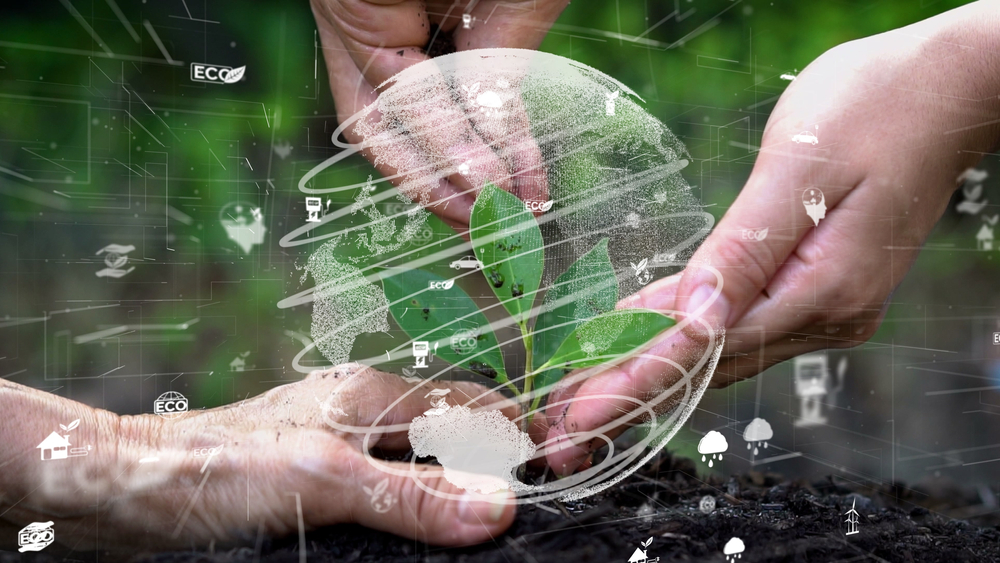Ajayya Kumar, COO, Emircom
For many millennials, it’s rarely business as usual. A crucial question they pose to themselves, their peers, as well as employers, is: how do you or I contribute to our community and environment? These days, often, when an interviewer asks a young candidate if there is something he or she wishes to ask, the question put forth is: as a company or an enterprise, how are you and your employees socially responsible?
It is no longer about paying lip service to social responsibility. The non-financial parameter of environmental, social, and governance (ESG) is a very real benchmark of judging businesses. And with many of the largest companies being technology companies now, it is understandable that innovation has also gone social.
Healthcare has been in focus for almost two years and in the fight against Covid, it is all hands on deck. A striking example of social innovation was steel plants in India, especially in Odisha, reducing their steel production to be able to convert their industrial oxygen into liquid medical oxygen. While this was in response to a critical and immediate need, providing menstrual healthcare is an ongoing struggle.
Mumbai-based Myna Mahila Foundation is one of the many organisations that are involved in manufacturing low-cost, high-quality menstrual hygiene products. They also set up small units in communities so that these units become small stand-alone manufacturing, sales, and distribution centres. This ensures independent and local supply of products, entrepreneurship as well as employment, in tandem with spreading healthcare information.
It was more than 25 years ago that manual scavenging was outlawed in India because it was extremely dangerous and the work’s origin was steeped in discriminatory caste practices. In addition to that, in 1993, the Prohibition of Employment as Manual Scavengers and Their Rehabilitation Act, 2013 was passed. The Act asked ‘local authorities and other agencies’ to make use of modern technology for cleaning sewers. But illegal or not, manual cleaning of sewage lines has continued, with several deaths being reported every year due to noxious fumes and tragic drownings. Several Indian social innovators have been looking for an answer to this deadly problem.
One of them is Bandicoot. Developed by Genrobotics Innovations, it is a spider-like robot. It operates on external power. The operator lowers one of the robot’s arms into the manhole and the camera attached to the arm shows images from inside. The robot’s other arms are then used to collect the waste material and bring it out. This saves the user from having to enter the dangerous sewage pipes and inhale toxic gases. Bandicoot is being used by various municipal agencies but the solution and others like it are yet to become de rigueur.
At the core of social innovation is finding solutions and in recent years developing nations have seen a spurt in this direction.
After all, God helps those who help themselves. A case in point is Nigeria, the most populous African nation with a per capita GDP of $2,097 (source: World Bank). One of the many social innovations in this West Asian country comes from BudgIT, a social advocacy civic organisation that uses technology to improve citizen engagement with institutional improvement.
BudgIT simplifies the country’s budget and public spending details so that these are more accessible to people and the levels of transparency and government accountability increase. One of the simple ways that this 10-year-old organisation uses is allowing citizens to post pictures of ongoing projects.
[box type=”info” align=”” class=”” width=””]Another example is Babban Gona, a company that uses innovative technology platforms to improve the profitability for small farmers, and as a result, turn at-risk youth into entrepreneurs. The Nigerian youth faces 50 percent unemployment against a backdrop of insurgencies. The company provides its member farmers with training, credit, agricultural inputs, and even marketing support along with other key services. With these, the small farmers are able to not only have a better yield but also get a higher market value.[/box]
Something similar can be seen in far-off Norway as well. This Nordic country has the largest proportion of its population living outside urban areas, thanks to a history of balanced regional development. But with an aging population, outmigration of youth, and reduced local budgets, enterprises in non-urban areas are under threat. The Merkur programme provides a two-way solution. It is a government programme that aims to ensure that residents in rural areas have access to nearby grocery stores that have good quality produce. At the same time, the programme works with smaller grocery stores to find opportunities for them to take on additional services (such as offering post office facilities), This has the twin benefit of increasing profitability and providing the community better services.

While there are differences between social innovation and social enterprise, they both aim at the same target — finding solutions to social problems. Over time, different definitions have come up for what is social innovation. One of the more comprehensive definitions is: New solutions (products, services, models, markets, processes etc.) that simultaneously meet a social need (more effectively than existing solutions) and lead to new or improved capabilities and relationships and better use of assets and resources. In other words, social innovations are both good for society and enhance society’s capacity to act. [The Young Foundation (2012) Defining Social Innovation, Social Innovation Overview…].
Whether the solutions are for-profit or not, all social innovations follow the saying “be the change you want to see.”



